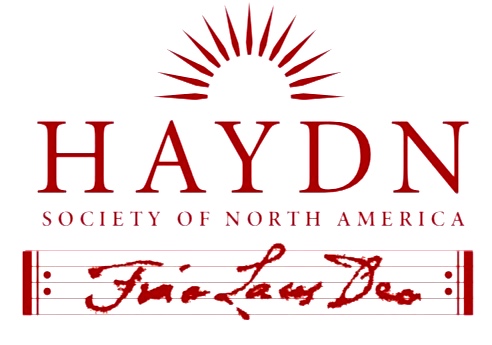
Document Type
Article
Abstract
In 1963, Jens Peter Larsen published an article entitled “Sonata Form Problems,” in which he outlines some of Haydn’s unique solutions to sonata-exposition structures. Using Larsen’s hypotheses, coupled with William Caplin’s insights in Classical Form, and James Hepokoski and Warren Darcy’s ground-breaking Elements of Sonata Theory, I will examine the diversity of Haydn’s formal procedures in certain movements of his oft-neglected Opus 17 string quartets of 1771. These works provide a staggering array of sonata-form possibilities, many of which deviate provocatively from the High Classical sonata form model.
In a brief overview of the Opus 17 quartets’ 17 sonata-form movements (presented in tabular form), we will explore the diversity of Haydn’s formal procedures. Four of James Hepokoski and Warren Darcy’s five sonata-form “types” (from their Elements of Sonata Theory) are employed in Opus 17: Type 1 sonatas (which lack a development section), Type 2 sonatas (which omit the main theme from the recapitulation), Type 3 sonatas (the “textbook” form), and Type 4 sonatas (a sonata-rondo blend). Following this overview, we will turn in depth to three specific movements from this opus: the slow movements of Opus 17, nos. 1 and 3, and the sonata-rondo finale of Opus 17, no. 1. In these works, Haydn’s fondness for anomalous thematic structures will be explored and examined as viable alternatives to normative sonata-form design. Haydn’s formal inventiveness in his Opus 17 quartets strongly suggests that he was not seeking to problematize sonata form, but rather, positing a wide range of solutions for the balance of thematic and developmental activity in these works.
Recommended Citation
MacKay, James
(2014)
"Sonata form Experimenation in Joseph Haydn's String Quartets, Opus 17,"
HAYDN: Online Journal of the Haydn Society of North America: Vol. 4, Article 5.
Available at:
https://remix.berklee.edu/haydn-journal/vol4/iss1/5
© Haydn Society of North America ; Boston: Berklee Library, 2014. Duplication without the express permission of the author and/or the Haydn Society of North America is prohibited.


